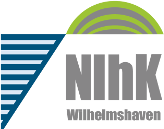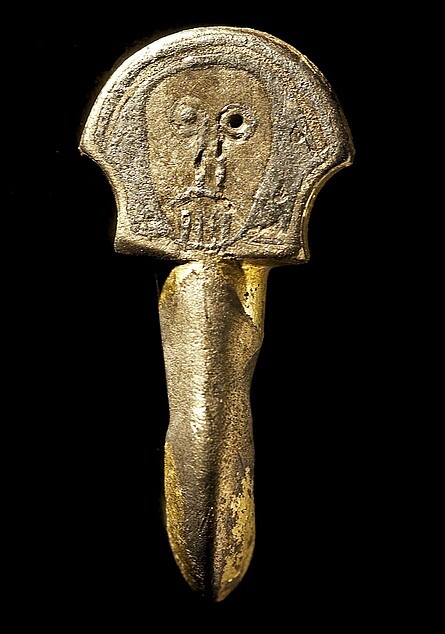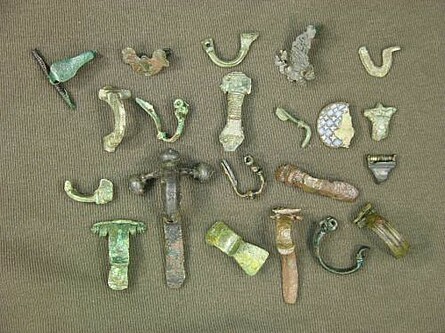Elsfleth – Finds Analysis
The site at Elsfleth has been known since the late 19th century. It is located in the marshes at the confluence of the rivers Weser and Hunte, an advantageous location in terms of transport geography, providing waterway access to the North Sea as well as far inland. Regular walkover- and metal detector surveys have been carried out here since the end of the 1990ies, resulting in the retrieval of a comprehensive finds assemblage dating predominantly to the first half of the 1st millennium AD. It comprises numerous Roman brooches, Roman bronze and silver coins, Roman pottery as well as metalworking residues. Additionally, numerous objects of lead or molten lead were recorded, which is indicative of on-site non-ferrous metalworking activity.
The concentration of remains related to trade and craft activities uncovered at Elsfleth can be interpreted as a reflection of a dense network of settlements and traffic routes in the river marshes within which the settlement at Hogenkamp functioned as an entrepot and riverside market between the areas of Pleistocene sandy soil adjacent to the West and East.
Sondages carried out by the Lower Saxony State Office for Heritage have demonstrated that the site is likely to have remarkable preservation conditions for organic materials.
Between 2007 and 2010 the antiquarian-archaeological aspects of the Elsfleth assemblage had been studied by Dr. K. Mückenberger within the scope of a project funded by the Ministry for Science and Culture of the State of Lower Saxony. The results of his work were submitted as a PhD-thesis to the University of Münster in 2012 and published in 2013. As of Spring 2016 the investigations at Elsfleth have been intensified within the framework of project funded by the German Research Foundation; the aim is to gain new insights about settlement form and structure as well as social organisation through excavations and landscape archaeology.
Bibliography
Jöns, H., 2009: Überlegungen zu Transport- und Kommunikationswegen des 1. Jahrtausends im nordwestdeutschen Nordseeküstengebiet. In: S. Brather, Geuenich u. C. Huth (Hrsg.), Historia Archaeologica. Festschrift für Heiko Steuer zum 70. Geburtstag.. RGA-Ergänzungsbände 70. Berlin. 389-414.
Jöns, H., 2009: Organisation of communication and exchange between the coastal area and the hinterland in Northern Germany during the 1st millennium AD. C. J. C. Reuvenslezing 21. Amsterdam.
Scheschkewitz, J., 2006: Ein Zentrum an der Huntemündung. Archäologie in Niedersachsen 9, 2006, 104-107.
Mückenberger, K. 2013: Archäologische Funde des 1. Jahrtausends n.Chr. am Zusammenfluss von Hunte und Weser. Studien zur Landschafts- und Siedlungsgeschichte im südlichen Nordseegebiet 4. Rahden/Westf.


